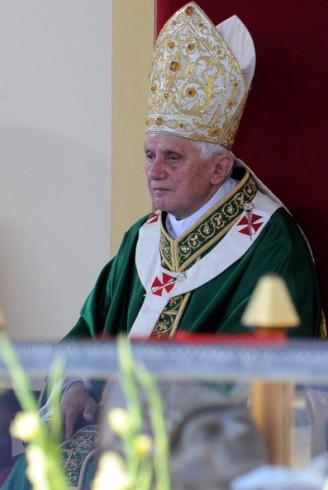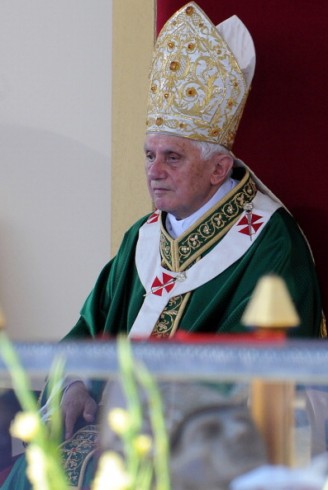The official abdication of Pope Benedict XVI took effect Feb. 28, at 8 p.m. While his resignation is a rare event of historic proportions, it is not the first time a pope has ever resigned.
In the nearly 2000 years of the papacy there have been just a handful of resignations. Among the most notable Pope Gregory XII, and Pope Celestine V.
According to Dr. Robert Somerville, scholar of pre-modern, western Christianity at Columbia University, the classic case is the resignation of Pope Celestine V, in the thirteenth century.
Celestine V became a Benedictine monk at the age of 17 and lived a life of solitude and prayer.
According to Dr. Somerville, “Celestine V was a holy man, a monk, he was renowned for his sanctity. People certainly wondered why he would even accept the papacy.”
At the time of Celestine V’s election the conclave of the College of Cardinals, the church body responsible for electing the pope, was so divided that more than two years after the death of the previous pope they still had not elected a new one, according to the New Advent Catholic encyclopedia.
Celestine V was elected in the midst of political turmoil and after just a few years he declared that a pope could legitimately resign and then promptly did so. Scholars of his papacy have suggested that he resigned in part because he never wanted to be pope, and perhaps under intense pressure to do so.
The most recent papal resignation was Pope Gregory XII in the 15th Century. He was elected pope during “the great schism,” again, a time of severe political division within the church.
Now Pope Emeritus Benedict XVI, in his last announcement on vatican radio said: “After having repeatedly examined my conscience before God, I have come to the certainty that my strengths, due to an advanced age, are no longer suited to an adequate exercise of the Petrine ministry.”
Much speculation has been made linking Benedict XVI with Celestine V according to Dr. Somerville.
Looking back, many see mythical significance in Benedict XVI’s visit to the shrine in the Province of Aquila, Italy containing Celestine V’s remains. Shortly after the 2009 earthquake, Benedict XVI visited the shrine and left the pallium he had worn during his inauguration as a token for the saint.
Whether this is the stuff of myth or legend we do not know, but like Celestine V, we can be certain that Benedict XVI’s resignation will leave its mark on history.
The Epoch Times publishes in 35 countries and in 21 languages. Subscribe to our e-newsletter.





